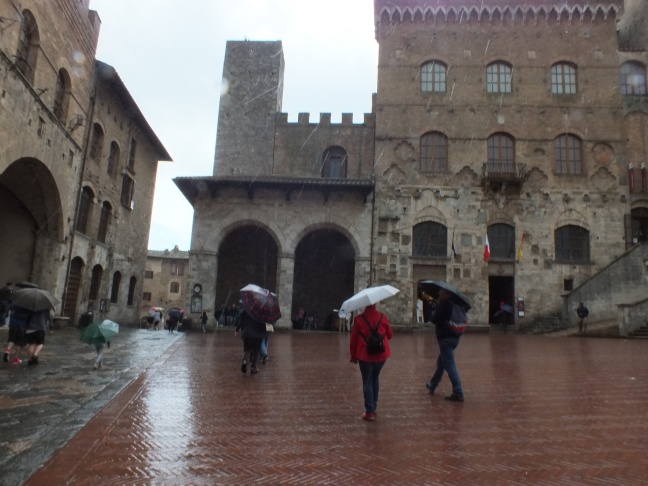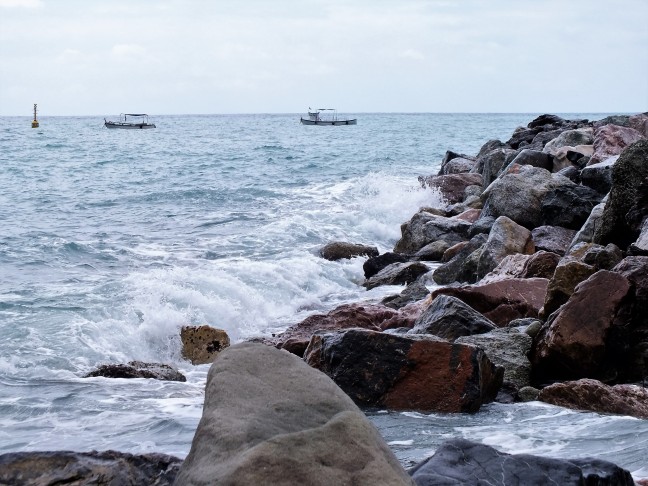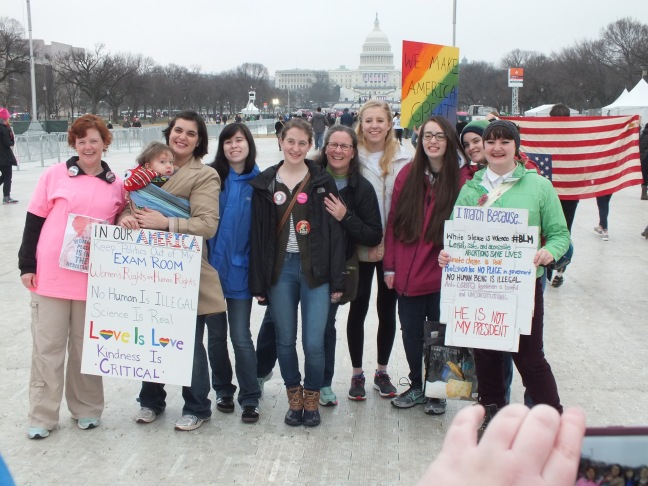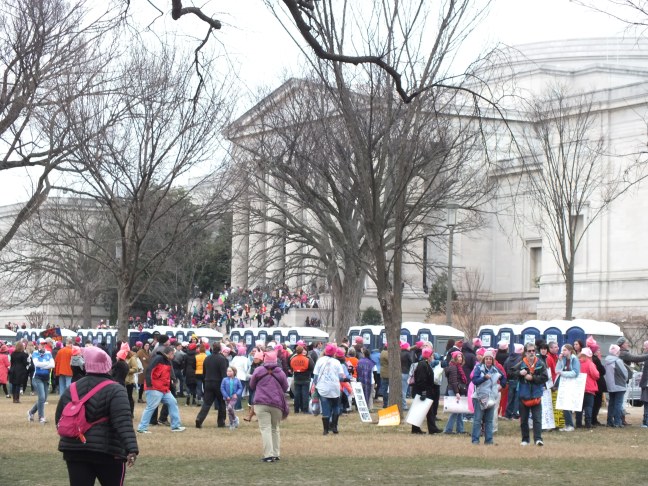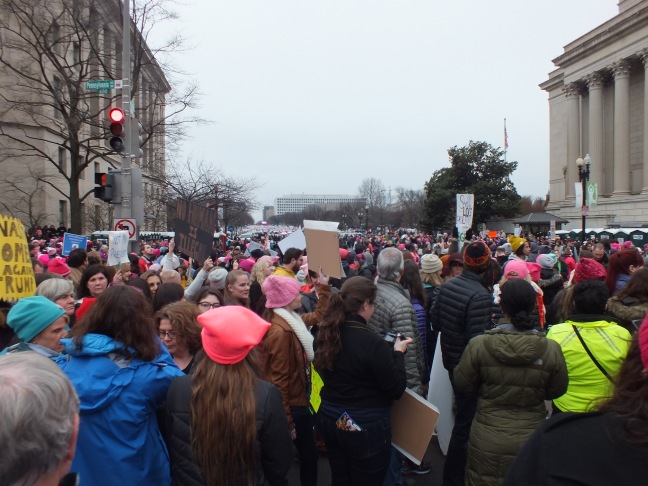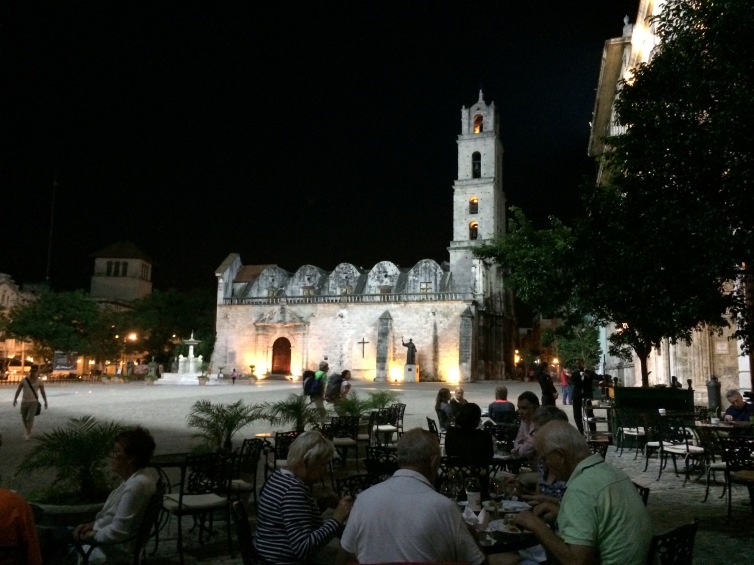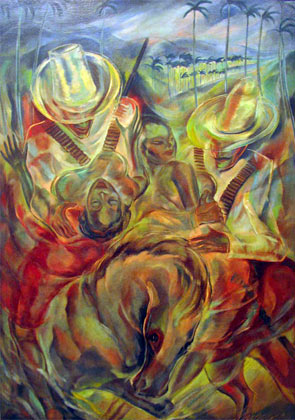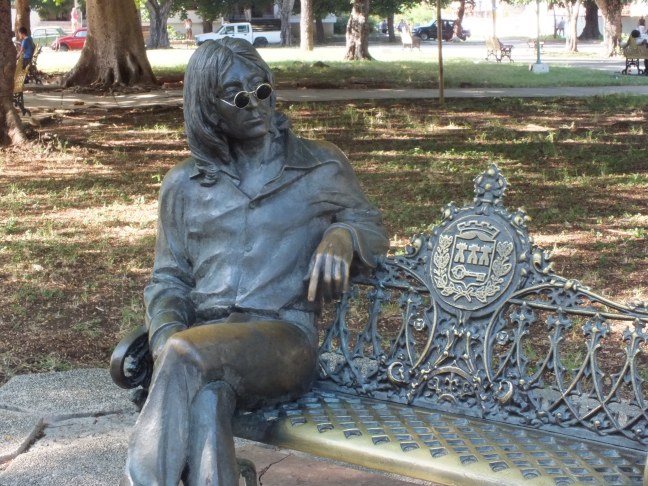Some time after Rich and Sis and I had decided to come to Paris, and after we had paid for the apartment at Butte aux Cailles, we convened a planning meeting at the Millersburg Brewing Company to discuss our itinerary and what passes to buy, etc. It was at this meeting the Rich declared that, upon reflection, he determined that he could not let a trip to Europe pass without at least once gazing upon the Alps. Accordingly he had roughed out a side trip that would involve renting a car and driving over to Switzerland for a couple nights. Well, having just paid for the Paris apartment, and having already seen the Alps, I wished him well but declined. I did, though, encourage Sis, since this was her first time in Europe, that it would be a spectacular trip if she were interested. She determined that she was.
I suggested to Rich that he plan this excursion at the end of our week stay, since it would be Sunday and Monday, the days on which many Paris restaurants and bars shutter their door. So, bright and early (by our standards) on Sunday, April 15, they departed for Switzerland, leaving me to fend for myself in the City of Light.
Even though I was able to luxuriate in the now vacated bathroom a real sense of loss permeated the apartment. So, I grabbed my camera and left. I bought a couple pain au chocolates and a cup of coffee and headed to one of the small parks. It was a beautiful Sunday morning in spring with trees all freshly bloomed. I decided to take pictures of the neighborhood, which are the ones you might have seen in the post on Butte aux Cailles earlier in this set. This little bit of photography took up the entire morning.
Since I had lots of advance notice, I had already planned how I would spend my time alone. I studied various places of interest both inside the city and in the area. At last I settled on a day trip to Chartres, which is about 60 miles southwest of Paris. This city is, of course, famous for its great cathedral dating back to the 1100’s. But that’s not the reason I decided to go there. I wanted to see the Chartres en lumieres.
Since the city is that far out, it is not accessible by the Metro. So, I took the train down to Montparnasse Station and bought a round trip ticket on the commuter train that services Chartres. I bought the return ticket for the last train back, 10:30pm. One thing I quickly observed on the ticket was that the train number had five digits and no such number showed up on the big board. The train was to leave in half an hour and, of course, the info office was locked up tight and no railroad official in sight. I finally joined a line of people boarding another train and when I got to the guy checking tickets I showed him my ticket and, in my best French said, “Ou est?” He pointed to the far end of the station and said in his best English, “Tracks 19-24.”
So I’m thinking, well which is it? But I headed the way he pointed and, sure enough there was a sign pointing to tracks 19-24. Turns out this was in a special section which I then concluded must be set aside for commuter trains. To get in this section you go through a turnstile. So, in I go, ticket in hand looking for a train with my number, now 15 minutes from departure. It is not there.
I saw some guys, friends it looked like, standing around so I went over and showed them my ticket. “Bon jour!” I said, knowing at least something about how to start a conversation. I held up my ticket with my thumb under the train number. “Ou est?” They looked at the ticket and they didn’t see the train either. So they are talking it over and all of a sudden one of the guys hops over a nearby turnstile and walks a little farther down. His face lights up and he points. “Ici!” he shouts. I hopped over the turnstile myself, something I would not have previously thought possible, and with approximately 1,000 “merci”s and “merci beaucoup”s, I ran to catch the train. Apparently tracks 19-24 were occupied when it got there.
It is about an hour and a half run down to Chartres, which passes though a number of charming villages and rolling countryside. Very pleasant. I arrived at about 2:00pm. As soon as I stepped off the train I could hear the slow, dolorous tones of the cathedral bells. Not exactly a pick-me-up given the circumstances. Here is a sample if you would like to hear them:
You leave the train station, go up a street or two and here is the view:

Even though it was mid-afternoon I wasn’t much interested in lunch, so I decided to take a peek inside the cathedral. When I got there a small crowd of tourists were waiting for admission at the gated entrance.

To my surprise there were seven or so soldiers armed with AK-47s at the gate also. This is not uncommon these days. You see these people all over Paris. For there to be so many at this cathedral seemed like overkill, so to speak. At Notre Dame there weren’t any, at least visible.
So I joined the crowd and before long the gates opened and we were admitted. As I stepped inside I was more than a little surprised to be greeted by well over a thousand voices singing some glorious hymn at the top of their voices. To behold this magnificent cathedral at the time it lifted by this great music was simply breathtaking. Here is a small sample:
Well, it was 2:30 in the afternoon. I had no idea there would be a mass going on. As I later discovered, it was not a mass. I had happened upon the ordination of a gentleman named Phillipe Christory as the new Bishop of Chartres.
Since I was late, I was relegated to the SRO section in the back and could not have seen the ceremony at all except that the church had provided large screen TV’s at our end of the cathedral so we could see what was going on.


Needless to say, this was an extraordinary ceremony and I stayed for about an hour. But it was all in Latin and with no seating it became a little difficult to focus. I will say, however, that the Cathedral at Chartres could not have made a better first impression on me.
I shouldn’t have waited so long for lunch. I was afraid, since it was Sunday, that all the restaurants would be closed, but just around the corner from the cathedral I found a charming old cafe’ that was more than open for business. I stayed too long and ate too much.
Eventually, though, I was able to push away the plate and decided to see the rest of the cathedral, at least from the outside.
Above the main, or Royal, entrance:


The north portico:




The east end of the cathedral, with the Chapel of St. Piat on the left:
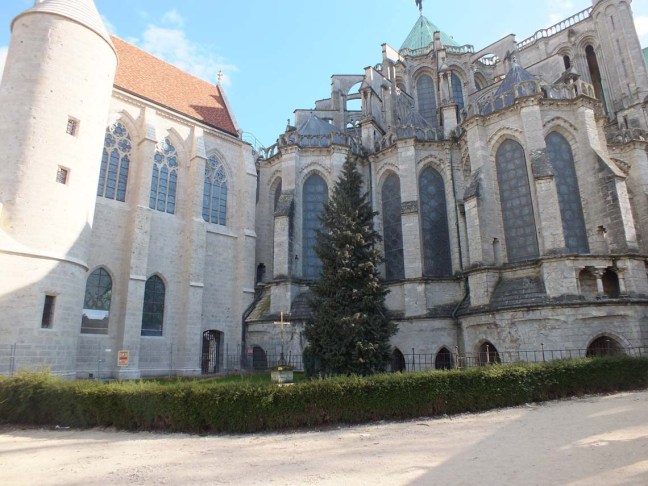

The Royal Entrance:

The Chartres en lumieres, the principle purpose of my visit, is a series of laser light shows. I still had plenty of time before dark, so I decided to check out the town. It is still very much a medieval city.
Behind the cathedral is an overlook:
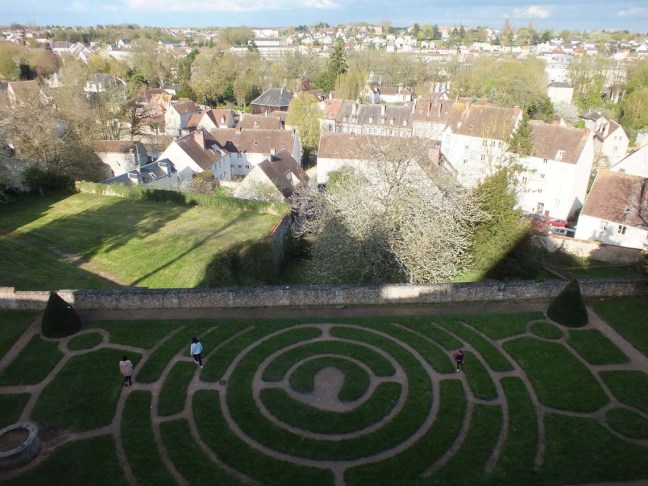
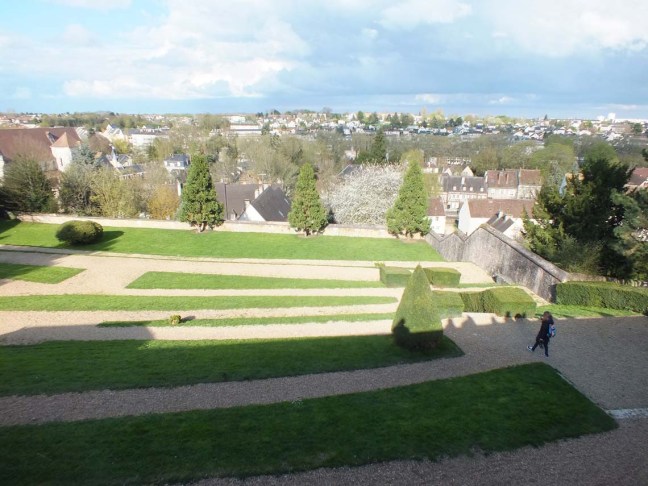
Just about everything was closed.

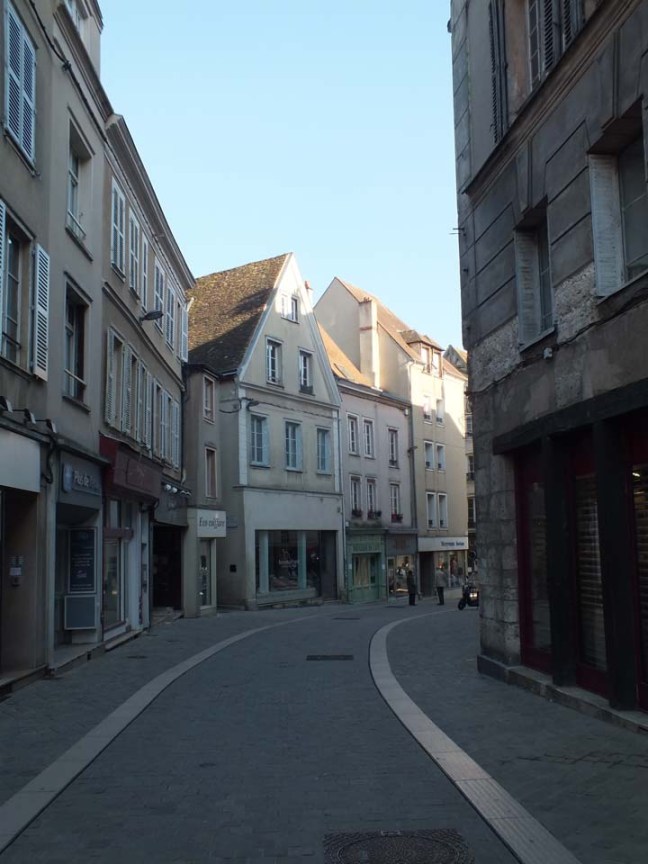
A troupe of actors wandered the streets drumming up business:


Some of the original wall remains.

When I completed my stroll through the village I found that the ordination ceremony was completed and the crowd had all filed out. I was finally able to go inside:



Bridan’s Assumption of the Virgin Mary dominates the altar.

There is much more on line about the cathedral and its history. Now, finally, it was time for Chartres en lumieres.
The Light Show in Chartres is a laser spectacle that occurs each night through the summer and takes place throughout the city. Here is a map:

But obviously, the central feature is the cathedral.
It begins at dark and ends about 1 am. However, since the last train out of town is at 10:30, unless you plan to stay over, the scope becomes more limited. Before I left for France I contacted the very helpful tourist office to make sure that a) it would take place on a Sunday (it does), and, b) that I could actually see something before the train left (I could).
After my various excursions through the town and the cathedral I headed for a small park in front of the Royal Entrance where I knew the prime viewing would be. An hour before show time there was no one there. I was getting a little anxious when all of a sudden a van pulls up to a building beside he park. On the van is the word “Lumiere”. Two guys get out and go inside the building. I a few minutes an upper window opens and out comes this thing:

I didn’t know what it was, but it looked like the show would go on!
There were a few benches in the park, so I sat down. At the bench next to mine was an Asian woman with an I phone. She did not speak English, but in the way we all communicate she asked me to take her picture in front of the cathedral. Which, of course, I was happy to oblige. She, then, took my picture. Then she sat down on her bench and I returned to mine. Soon she was back to chatting again. Eventually I figured out she wanted to take a selfie of the two of us. Well, why not? So we killed some more time.
Eventually she went elsewhere, but about that time a couple came up to the bench and said, “The light show is cancelled.” That took me by surprise, to say the least. But, armed with my assurances from the tourist office, and having seen the van boys getting set up, I confidently replied, “No, it isn’t.” and pointed to the van and the things sticking out the window. As it turned out, the show was supposed to have its first run of the season the night before, but the same rains that drove us inside our tour boat had caused the show to be cancelled. Apparently, somebody had not taken down the sign. This might have explained the small crowd. They sat down beside me and we exchanged pleasantries.
They were from Chicago and were staying over. It was clear early on that the lady of the house was chock full of opinions on a great many subjects. And, her life’s mission was to yak on and on about every single one of them. I didn’t come thousands of miles to listen to that, so, as soon as possible and socially acceptable I bid them “Abiento” and took up a position closer to the cathedral. Fortunately the crowd was small throughout the performance. Here is how it began:

Simple enough, but then the place explodes in color. Keep in mind that while this is going on here, there are other shows occurring on two other sides of the building. This part of it lasts about 20 minutes. Here are some samples. I know most of you don’t watch the videos I post, but if you miss these three you won’t quite get what this is like:
OK, if you don’t want to watch the videos, here are some pictures:




Now, of course, you are seeing a little, tiny picture. Imagine this on the wall of a massive cathedral! Your rods and cones well never be the same!
After enjoying the main show I decided to stroll around and see what else was going on. This was a nearby school.

Eventually my travels took me around to the south portico of the cathedral. This was the most colorful show of all!
If you don’t watch the video, here are some pictures:



Incredible!
I would have loved to tour the entire city, but I got what I came for and it was now little more than a half hour to the last train back. I said goodbye to Chartres and here is how it said goodbye to me:

I wound my way back to the train station. It took a little doing since some of the entrances were under construction. I expected to find a small group of Parisians to join me on the way back. Instead, no one was there.

Well, an empty train station at night is a lonely place. It can make your imagination play a lot of tricks, some funnier than others. As I waited, a couple of southbound trains went whizzing by. They didn’t even pretend to slow down for Chartres. About twenty after, another guy showed up at the platform. Hard to judge if he was friend or foe, but he kept to his part of the station so I voted “friend”. About twenty-seven after a couple of women showed up, chatting away. I was glad to hear them. At a little after 10:30 I saw the white light on the northbound track. A welcome sight indeed. Although I couldn’t see them, I knew this train had two lights on behind. The blue light was my blues. The red light was my mind.








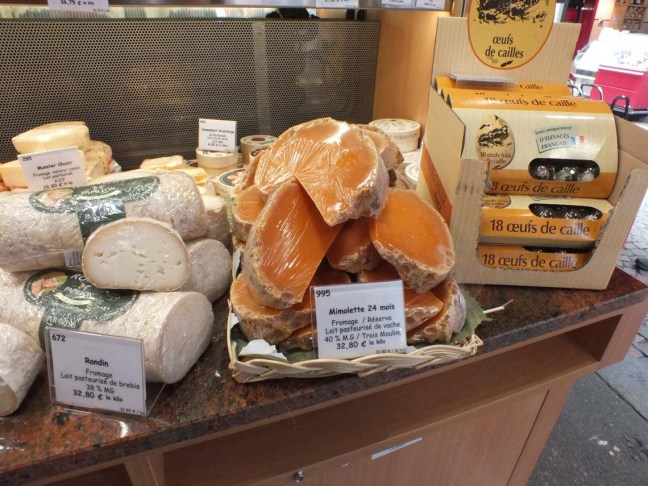
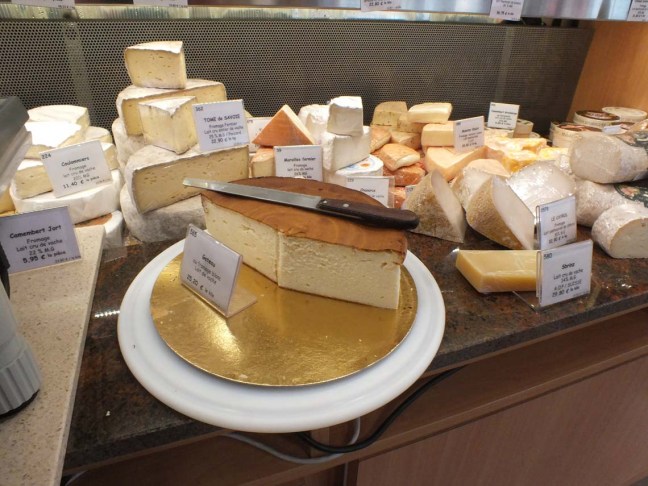






























































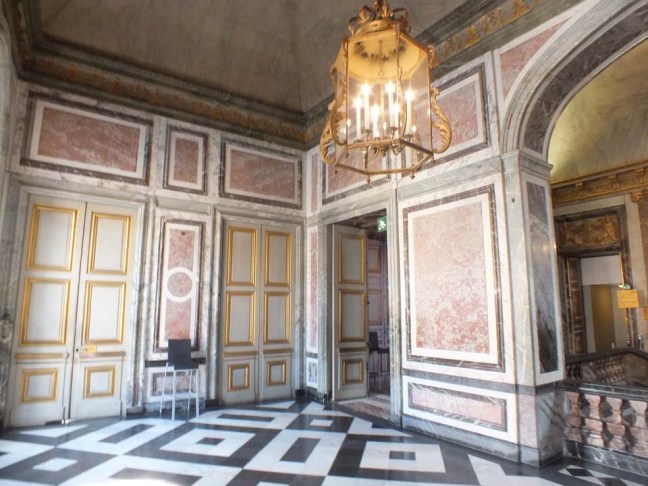
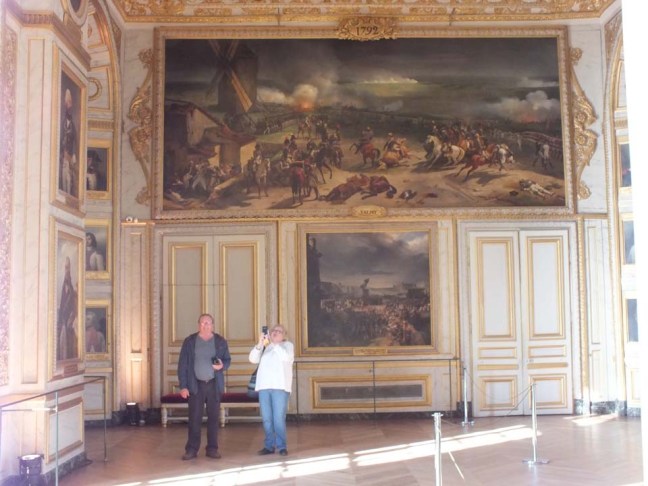



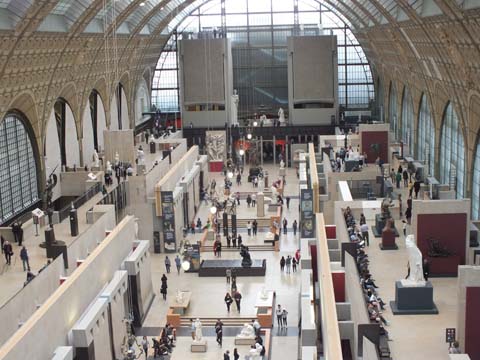



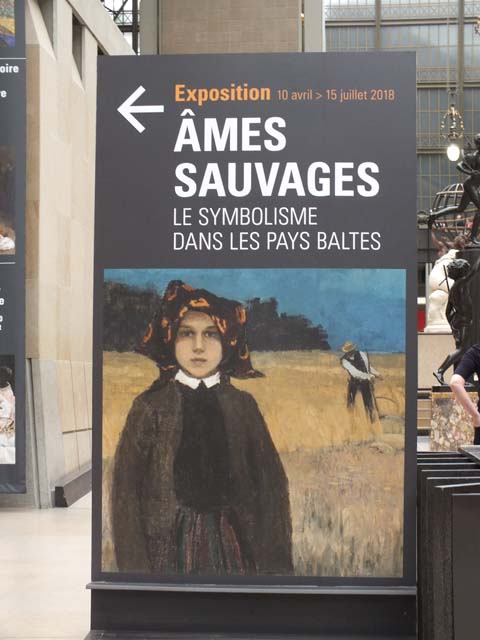

 Nec Mergitur (Unsinkable)
Nec Mergitur (Unsinkable)
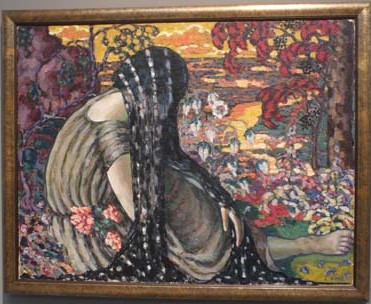







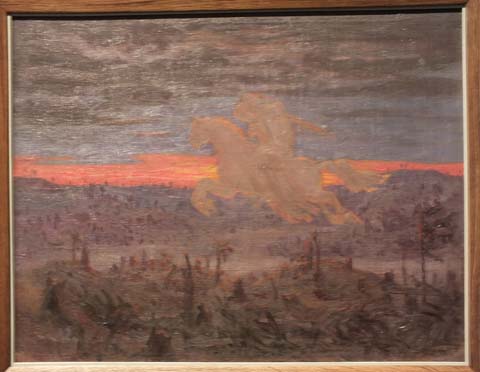






































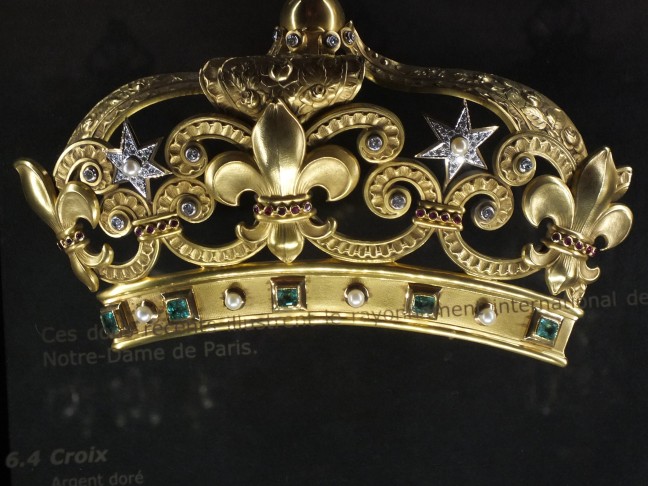












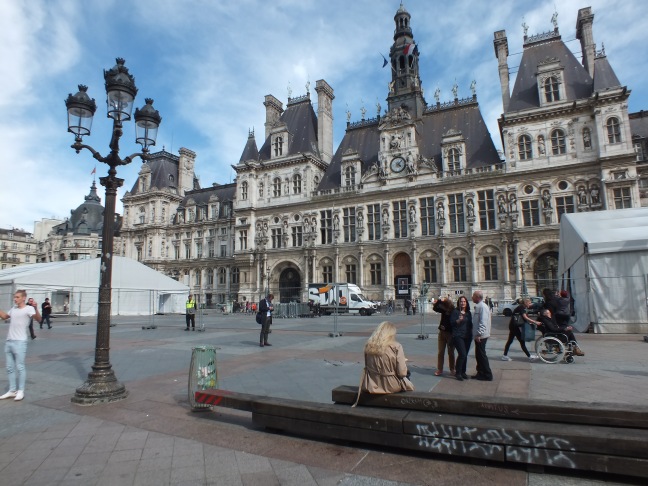












 Just outside our gate, down from the mall entrance, is one of those high rise apartments. There are many, many more to the east of us. But once you get past this one, Rue Vandrezanne is gated off to traffic and becomes a pedestrian gateway.
Just outside our gate, down from the mall entrance, is one of those high rise apartments. There are many, many more to the east of us. But once you get past this one, Rue Vandrezanne is gated off to traffic and becomes a pedestrian gateway. This is more typical of the neighborhood, small houses and cobblestone streets.
This is more typical of the neighborhood, small houses and cobblestone streets.









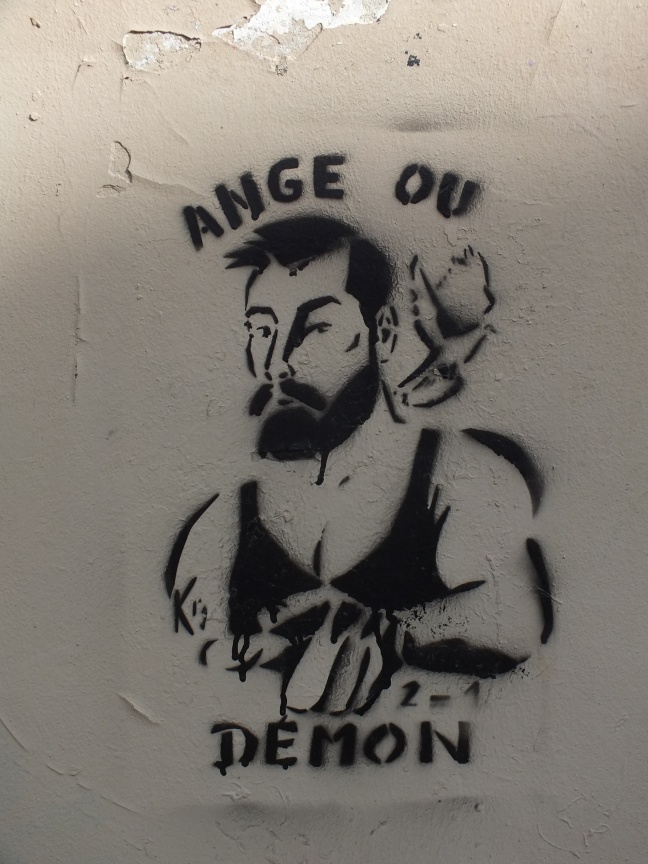





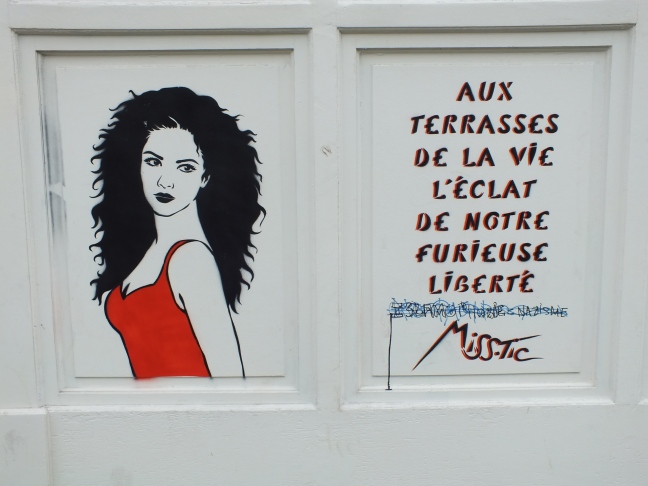

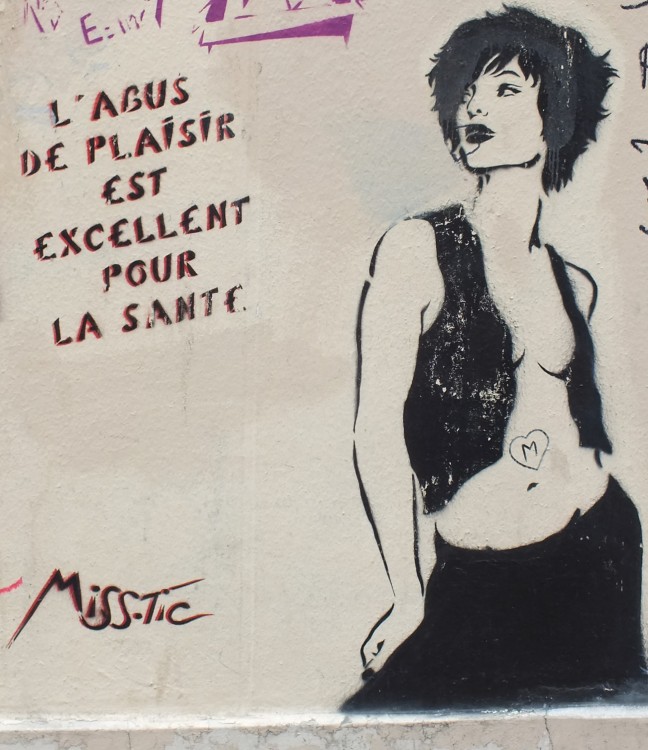







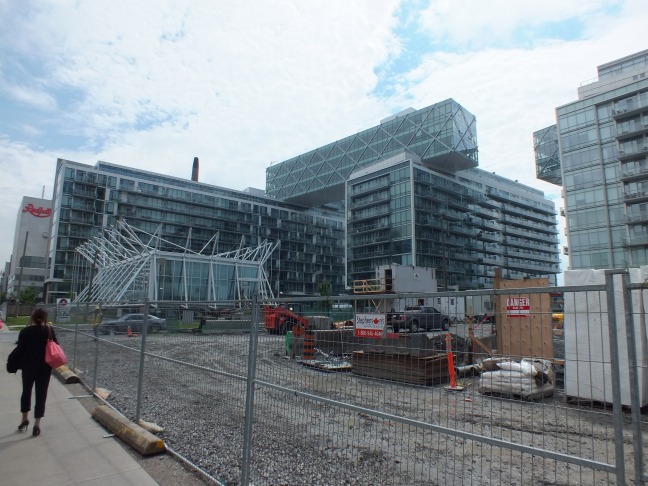













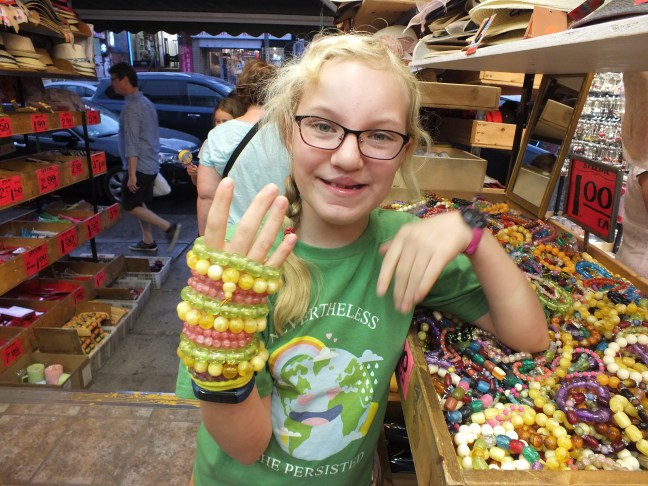




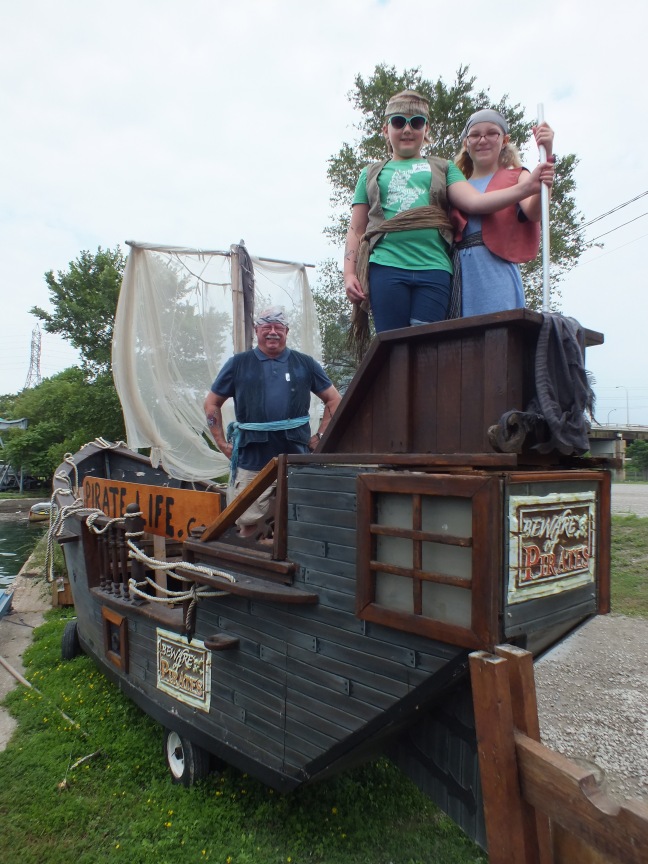































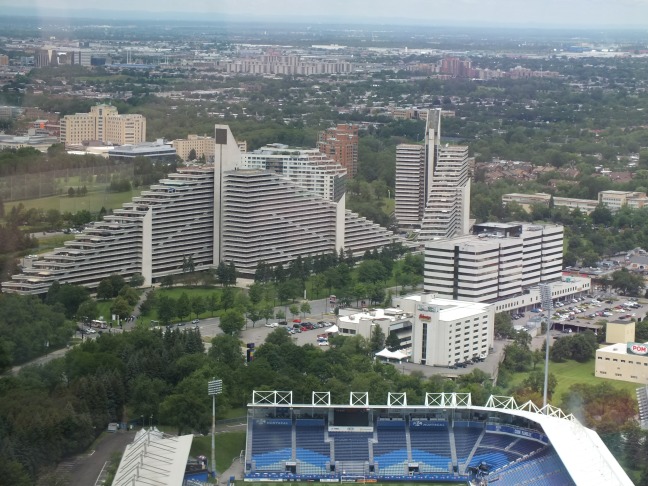

























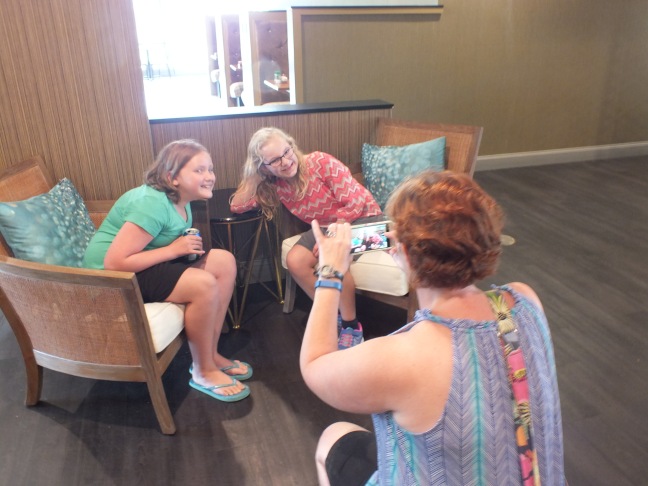








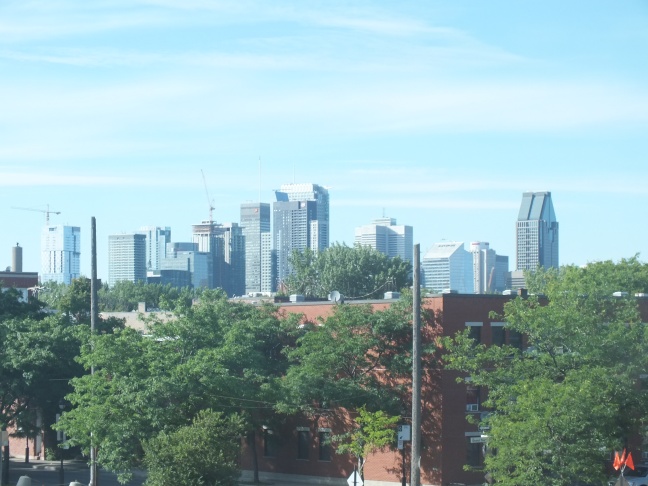















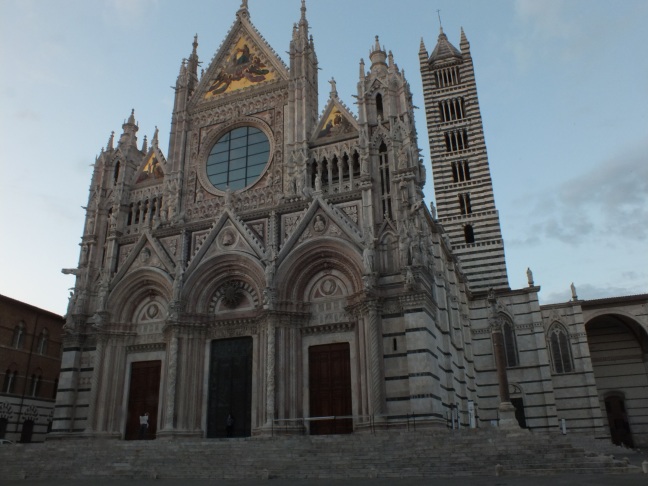
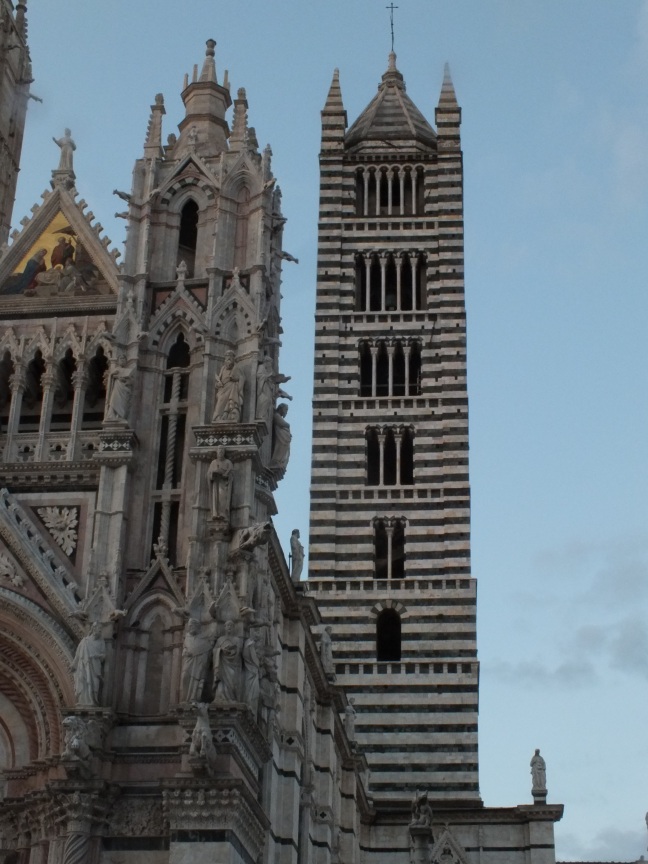















































 Photos of Pialo courtesy of Wickipedia
Photos of Pialo courtesy of Wickipedia

















